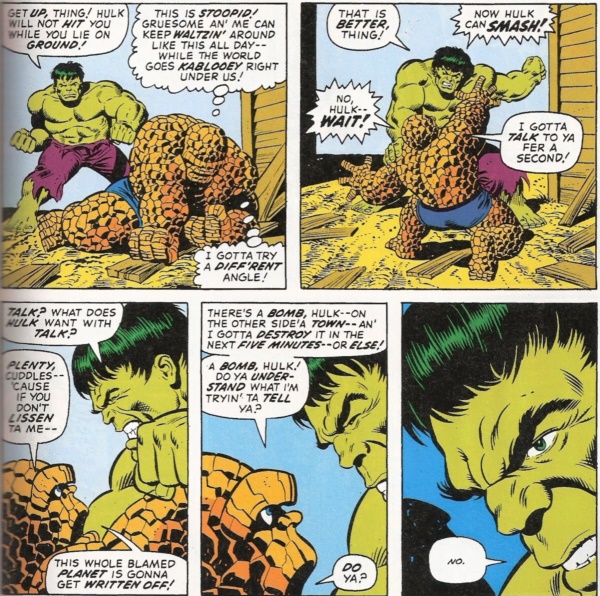

Her storytelling voice seems to link the divine nonsense of authors like Daniel Pinkwater, William Steig, or Edward Gorey with surrealist writers like Leonora Carrington. Katz’s work, like that of Matthew Barney or Mika Rottenberg, has its own logic. Recently, he has returned to comics with the graphic novel Stroppy, which encompasses in its satirical field not only capitalism but poetry and mini-golf. Comparisons to Adam Dant, Paul Noble, and Bruce Conner would not be misplaced. They’re something like ornate encrustations of the subconscious. In Bell’s early-2000s work, shown at Adam Baumgold’s idiosyncratic uptown New York gallery, text and image became fused in meditative and overwhelming drawings. Just as the Hairy Who successfully ignored the ’60s New York art scene, Bell’s work contains a world of inside jokes and regional myth building that is inherently critical of what he called the “Bloo Chip” system, prompting the question: Isn’t it the artists who work outside of the dominant dialogue who end up seeming most relevant? This work (collected in the monograph Hot Potatoe) absorbed the image-fracturing strategies of Ray Yoshida and the Chicago Imagists.
#Simple comic art series#
Alongside a series of weekly Shrimpy and Paul strips he drew for local papers, Bell began to create large collages and ultra-dense drawings. In the 2000s, Bell made an important strip called Gustun, which cast Philip Guston as a comic character, in essence claiming him for comics. An important scene of collaborative ’zine-making developed across Canada at this time, in which Bell participated, fostering, collecting, and documenting these works in the crucial anthology Nog A Dod: Prehistoric Canadian Psychedooolia. He developed his chops as a cartoonist making Crumb-influenced strips for weekly newspapers in the ’90s. No other cartoonist’s work functions so well as “art” in the so-called “art world.” Bell’s giddy drawing energy vaporizes these false distinctions. (Hafisich’s latest book, Von Spatz, takes a slight detour: It’s a magic-realist examination of the life of Walt Disney.) Her work joins a recent trend of cartoons grappling with the art world as their subject-Walter Scott’s Wendy and Brecht Vandenbroucke’s White Cube notable among them. Based in Leipzig, in proximity to the famed local painting scene, her work benefits from immersion in that particularly Euro milieu. Haifisch’s frayed but confident line perfectly evokes the fragility of the artistic ego. Artists are sent to Art Jail, where attempts at rehabilitating their “eccentric screeching, loitering and prowling…art rage and whatnot” are futile, resulting in recidivism the artist smashes her portfolio against a cop car.

“Do you think you could dance your paintings?” suggests a critic from the German journal Texte Zur Kunst. the art establishment), the artist shrinks from critique. Surrounded by babbling snakes in top hats and frumpy ducks (i.e. In this chronicle of a life of willful poverty and self-doubt, Haifisch intelligently dissects the mythos of the creative community. In Haifisch’s hilarious comic The Artist the title character is an emaciated and pale bird-creature with red eyes and a few strands of hair.


 0 kommentar(er)
0 kommentar(er)
